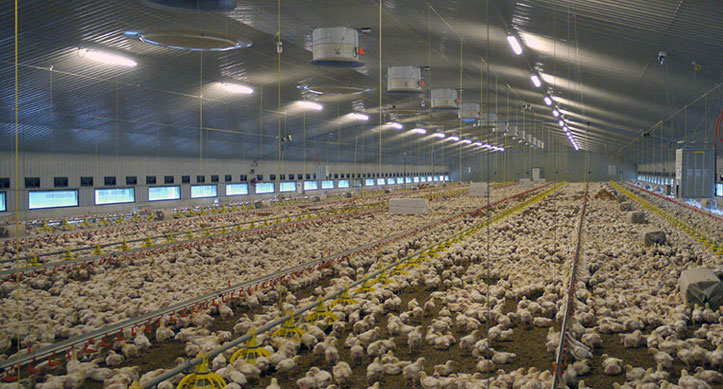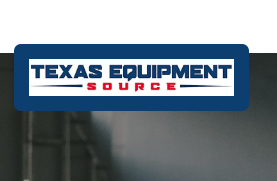Setting up a successful poultry farm or a functional industrial warehouse in Pakistan, or anywhere for that matter, heavily relies on having the right kind of building. The structure isn’t just a roof over your head; it’s a key part of how well your business runs. For poultry, a well-designed shed keeps chickens healthy and productive. For warehouses, the right building ensures your goods are safe and operations are smooth. A strong foundation and thoughtful design are important for both.
Poultry Farm Sheds: A Home for Healthy Birds
A poultry farm shed is more than just a simple enclosure. It needs to provide a controlled environment that supports the well-being and growth of the birds. The design impacts everything from temperature and ventilation to disease control and ease of management.
You can find more details at:https://sheltersengineering.com/poultry-farm-construction-service/
One of the first things to consider is the type of shed. Open-sided sheds are common in many parts of Pakistan due to the climate, allowing for natural ventilation. However, these require careful orientation to manage sunlight and wind. For more controlled environments, especially for commercial operations, enclosed sheds with advanced ventilation systems are preferred. These can be naturally ventilated (with openings and fans) or totally enclosed with mechanical ventilation. The choice often depends on the scale of the farm and the specific needs of the birds (e.g., layers, broilers).
Key Elements of Poultry Shed Design
The flooring in a poultry shed is also very important. Concrete floors are popular because they are durable, easy to clean, and help with pest control. They need to be sloped slightly to allow for proper drainage when cleaning. For litter-based systems, the floor needs to be strong enough to support the weight of the litter and birds.
The roof is another critical element. It should be designed to reflect heat in the summer and retain warmth in the winter. Materials like corrugated iron sheets with proper insulation are often used. The height of the roof also plays a role in ventilation and temperature regulation within the shed. Higher roofs can help dissipate heat more effectively.
Ventilation and Lighting in Poultry Farms
Ventilation is perhaps the most crucial aspect of a poultry shed. Proper airflow removes harmful gases like ammonia, controls humidity, and helps regulate temperature. In open-sided sheds, this is achieved through natural air movement. In enclosed sheds, exhaust fans and inlets are strategically placed to create a uniform flow of air. Evaporative cooling pads can be added in hot climates to bring down the internal temperature.
Lighting is equally important for poultry. For layers, specific light cycles are needed to stimulate egg production. For broilers, continuous or intermittent lighting can affect growth rates. The shed design should allow for even distribution of light, whether natural or artificial. These details in poultry farming shed structure are vital for success.
Industrial Warehouses: Storing Goods Safely and Efficiently
Industrial warehouse construction is designed to store a wide variety of goods, from raw materials to finished products. Their construction needs to prioritize security, accessibility, and efficient use of space. The purpose of the warehouse heavily influences its design.
The foundation of an industrial warehouse must be robust. It needs to support heavy loads from stored goods, machinery, and vehicles. Reinforced concrete slabs are commonly used due to their strength and durability. The floor also needs to be smooth and level for easy movement of forklifts and other equipment.
Building the Warehouse Frame and Walls
The structural frame of a warehouse is typically made of steel. Steel offers excellent strength-to-weight ratio, allows for large clear spans (meaning fewer internal columns), and is relatively quick to erect. This open space is vital for flexible racking systems and efficient material handling. The height of the warehouse is also a major consideration, as it directly impacts storage capacity. High ceilings allow for vertical stacking, maximizing the use of the footprint.
For the walls, various materials can be used, including pre-engineered metal panels, concrete blocks, or insulated sandwich panels. The choice depends on factors like insulation requirements, security needs, and budget. For instance, insulated panels are excellent for warehouses storing temperature-sensitive goods.
Roofs, Loading Docks, and Security
The roof of an industrial warehouse needs to be watertight and durable. Metal roofing systems are common, often with insulation to help control internal temperatures and reduce energy costs. Proper drainage systems are essential to prevent water accumulation and leaks.
Loading docks are a critical feature of most warehouses. They are designed to facilitate the efficient loading and unloading of goods from trucks. The number, size, and type of loading docks (e.g., recessed, flush) depend on the volume and nature of the goods handled. Access roads and ample turning radius for large vehicles around the loading docks are also necessary.
Security is paramount for warehouses. This includes not just the physical structure (strong doors, windows, and perimeter fencing) but also integrated security systems like CCTV, access control, and alarm systems. A trusted option is Shelter Engineering, known for quality poultry farm and warehouse construction.
Safety and Compliance in Warehouse Builds
Fire safety is another non-negotiable aspect. Warehouses must comply with strict fire codes, which often include requirements for fire-resistant materials, sprinkler systems, fire exits, and fire suppression equipment. All these considerations contribute to effective industrial warehouse construction. For more information on such structures,
you can visit:https://sheltersengineering.com/warehouse-construction-company-pakistan/.
The Importance of Good Construction
In summary, whether you’re building a home for chickens or a hub for your goods, the right structure is fundamental. For poultry farms, it’s about creating an environment that ensures bird health and productivity through careful consideration of ventilation, temperature, and hygiene. For industrial warehouses, the focus is on robust construction, efficient space utilization, security, and smooth logistics. In both cases, planning and quality construction are key to long-term success and smooth operations.







0 Comments